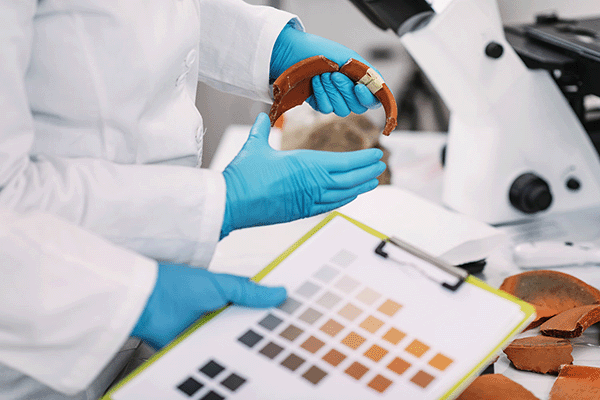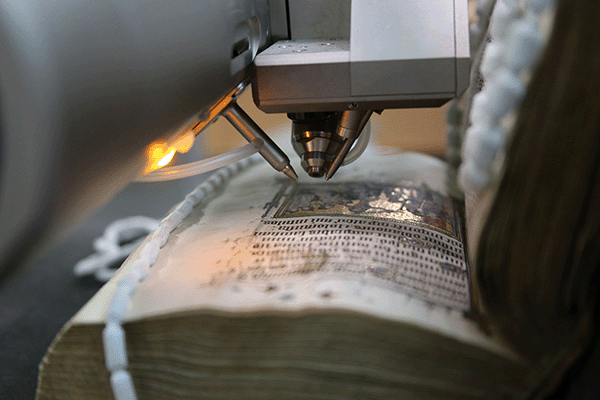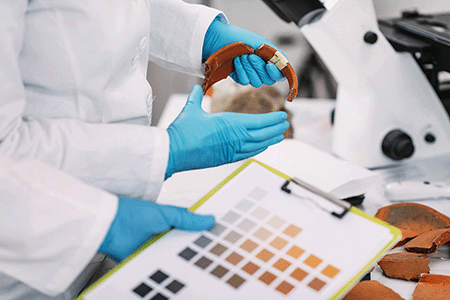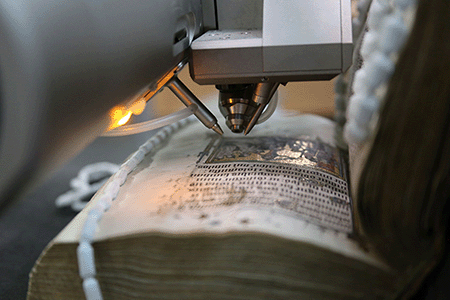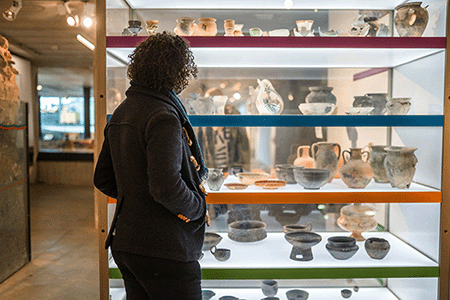RICHeS is directly building on previous Arts and Humanities Research Council (AHRC) infrastructure investments through the Creative Research Capability (CResCa) fund and the Capability for Collections (CapCo) fund. Together these programmes are strengthening the impact of sustained investment in heritage science and conservation through enhancing facilities, supporting staffing and building a thriving research community.
Celebrating a year of research in action
During our first year, it has been a privilege to see the breadth of work supported through RICHeS investment. Across the UK, researchers are using these enhanced capabilities to advance understanding, improve conservation practices and uncover new insights into our shared heritage.
At Cardiff University, CapCo equipment has enabled important analysis into the storage and preservation of archaeological metals. Upcoming research using their RICHeS investment will build on this work to further support the long-term care of collections.

Meanwhile, at Historic Royal Palaces, the team have utilised hyperspectral imaging equipment, funded through CapCo to study St Mary’s Guildhall tapestry. This cutting-edge analysis has revealed previously hidden details, deepening understanding of this remarkable object’s history and construction.
At Queen’s University Belfast, researchers are utilising both CapCo and RICHeS investments to analyse ancient human remains discovered at Bellaghy in October 2023, now known as the “Ballymacombs More Woman”. Working collaboratively with National Museums NI, the team is also investigating historic woven fabrics using upgraded scientific facilities, offering fresh perspectives on past lives, materials and cultural practices.
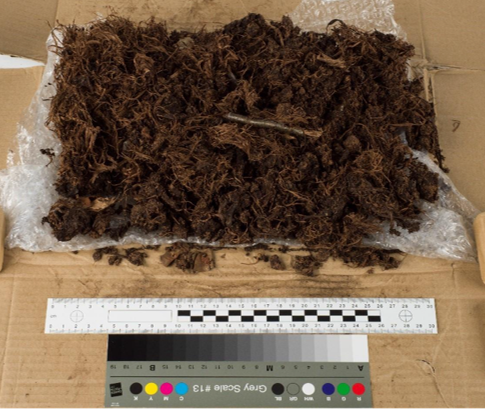
Exploring new frontiers with XR-CT
If you are interested in X-Ray Computed Tomography (XR-CT), we recommend following the blogs of Dr Lisa-Marie Shillito, who leads the RICHeS NeMCAS II at Durham University, building on a previous CapCo investment. Her team’s research investigates barley grains at the cellular level, revealing how plant structure influences growth and resilience. Here you can find more about the innovative research being conducted into the grain Barley at a cellular level, and reflections on the interdisciplinary collaboration behind this.

Looking ahead
RICHeS continues to demonstrate how strategic infrastructure investment empowers researchers to collaborate, innovate and care for our shared cultural and environmental heritage.
Stay up to date with the latest projects and insights from across the RICHeS network on our news and events page.

